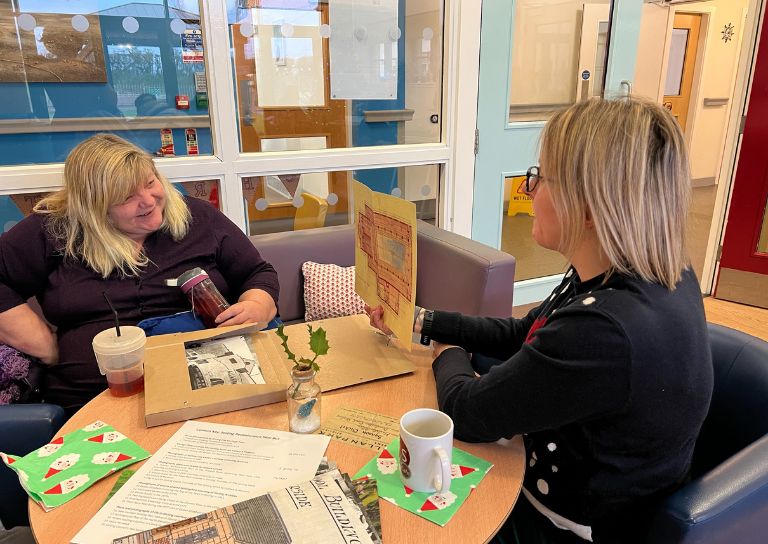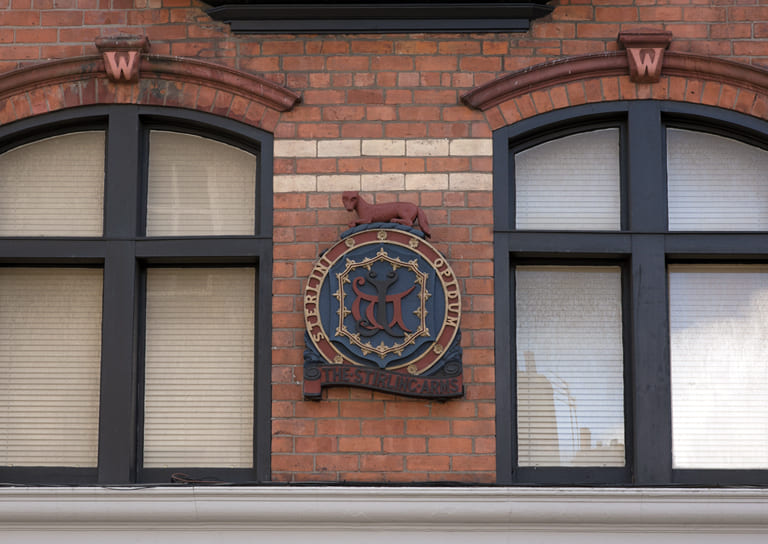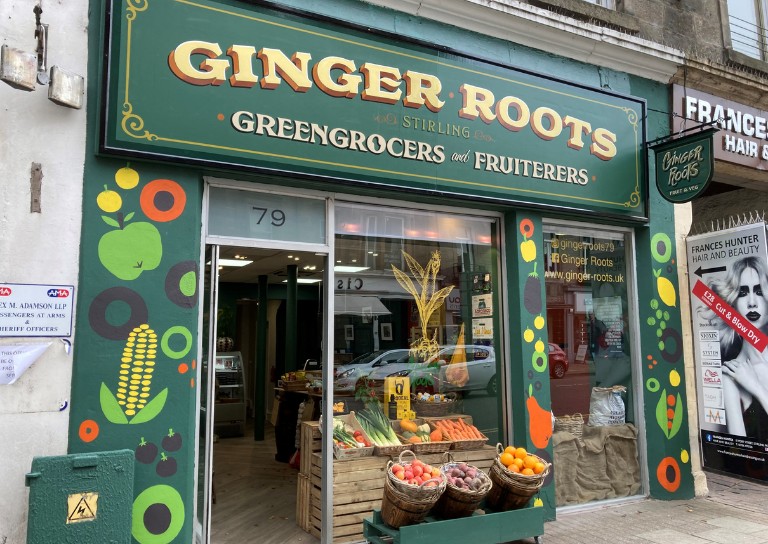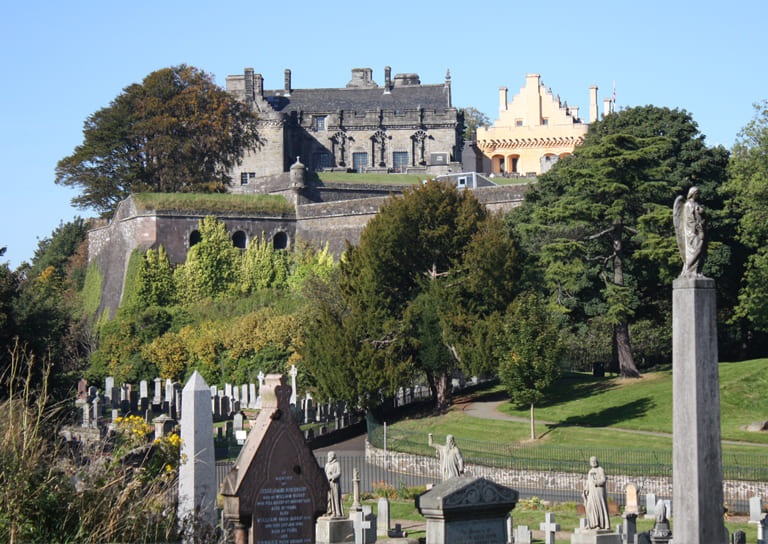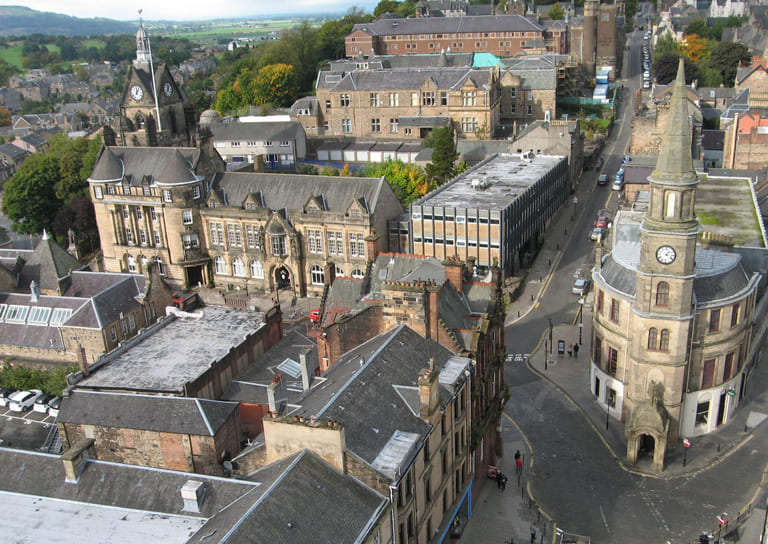- Home
- Our Work

- Stirling's Story
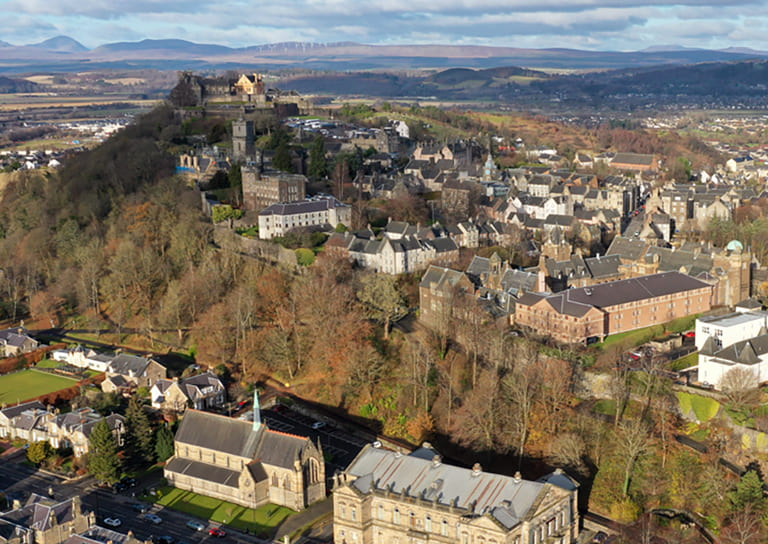
- Blog
- Retrofitting Traditional Buildings: Chimneys
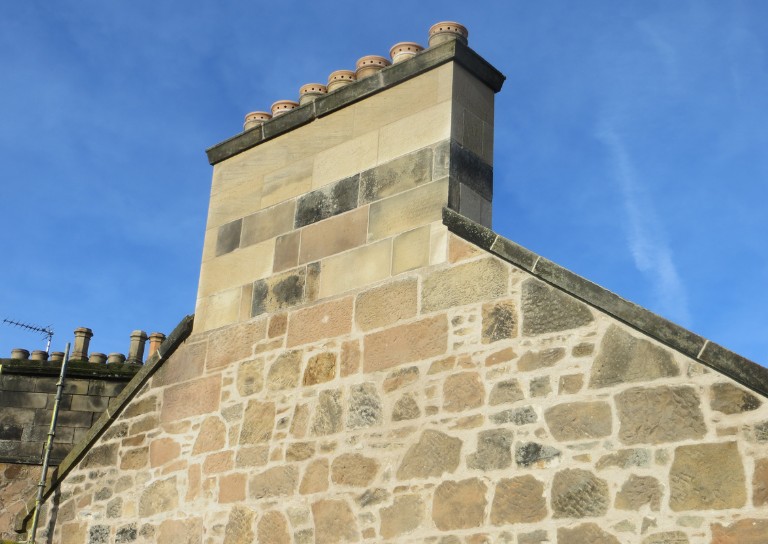
- SCHT 20: Championing Women in Construction

- Stirling's Lost Swimming Pools
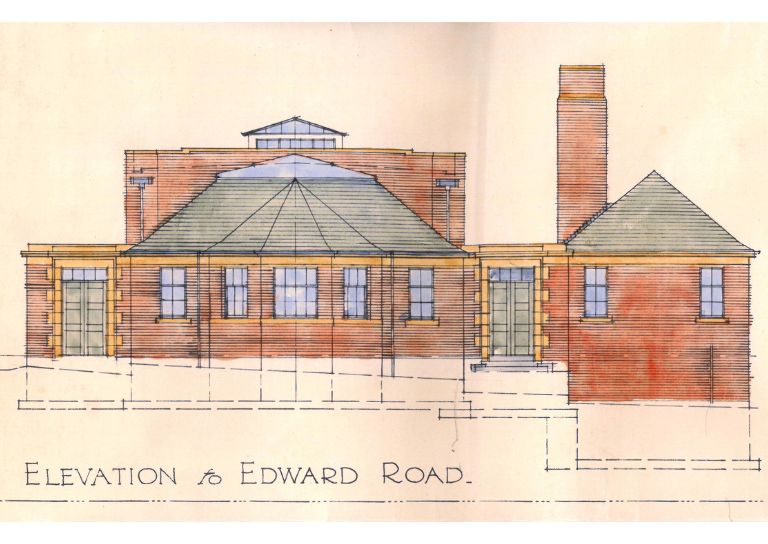
- Women in Construction at Bannockburn House

- Avenues to the Past: Stirling’s Historic Streets Exhibition
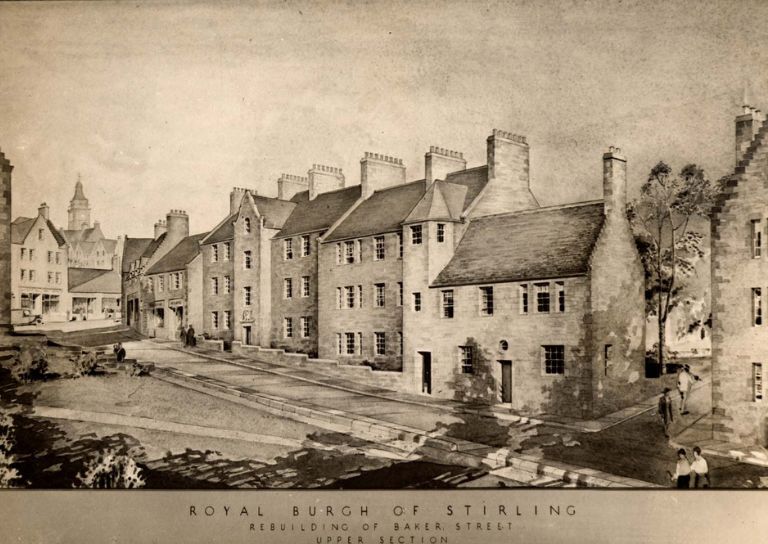
- Statement on Langgarth House

- Guest Blog: Dementia Friendly Heritage Interpretation

- SCHT Grant Conditions: Owners Associations
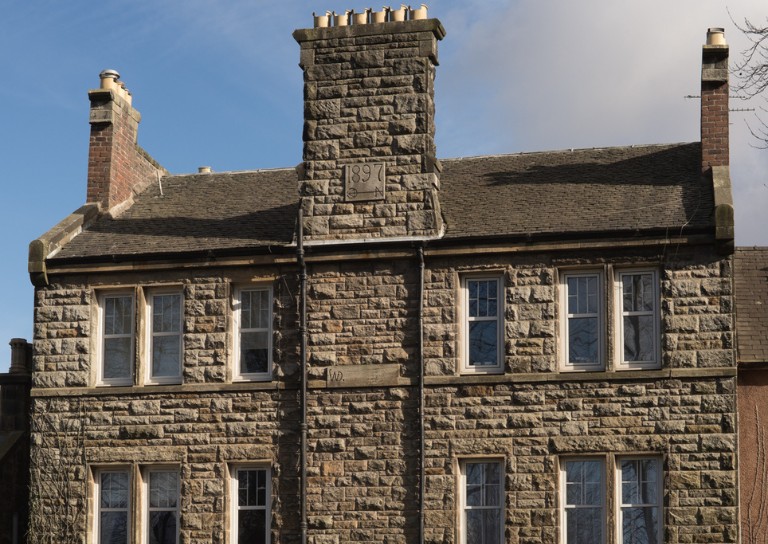
- Stirling Business Awards 2025

- What is a Conservation Area

- 20 Great Buildings of Stirling
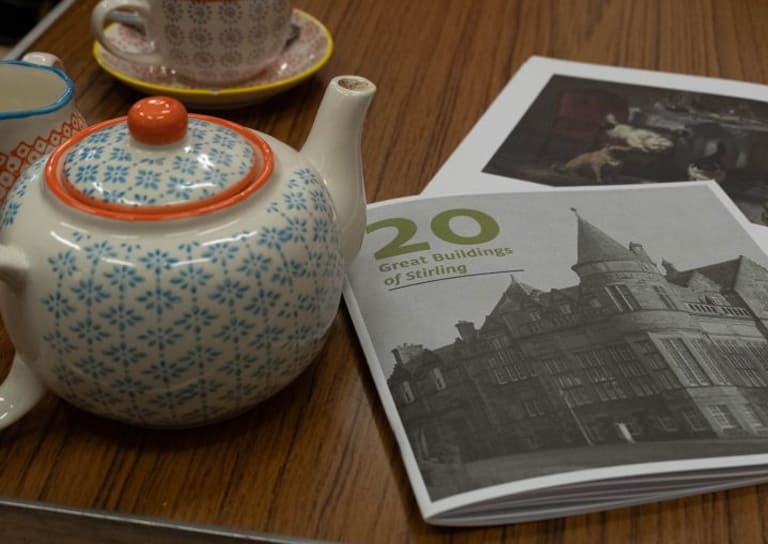
- World Heritage Day: Exploring Hayford Mill

- Community Consultation launched for Stirling’s Heritage Strategy

- SVE Inspire Awards September 2024

- Reminiscence Art Project
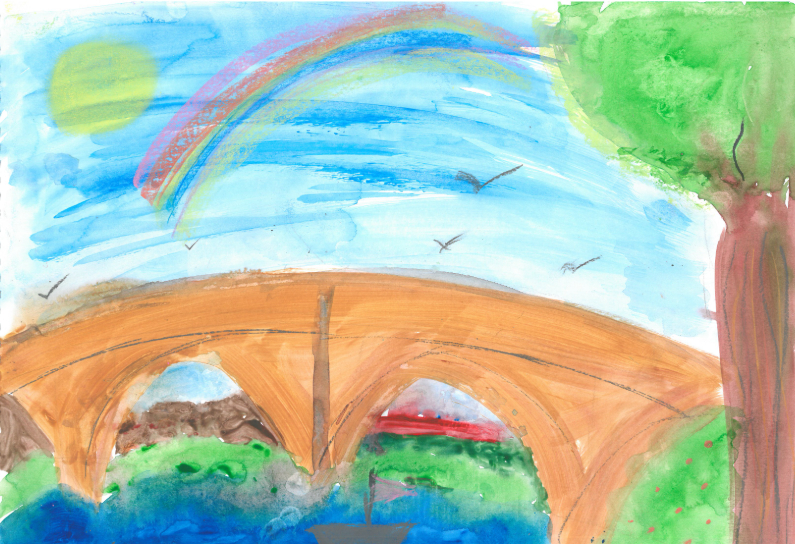
- On the European Stage: Preserving by Maintaining conference, Bratislava

- The Abolition Movement in Stirling
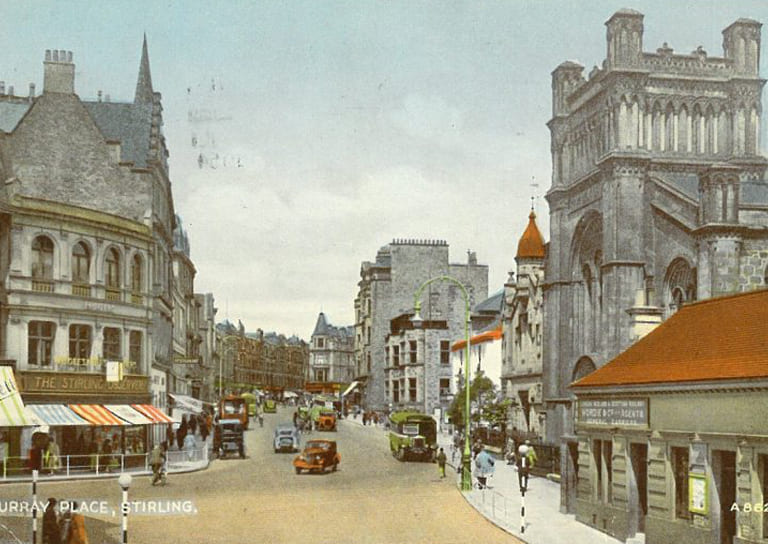
- Retrofitting Traditional Buildings: Climatic Adaptation
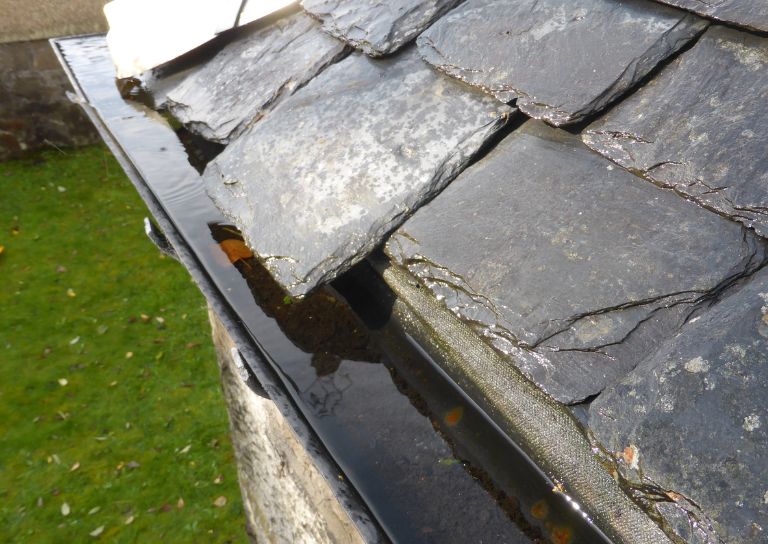
- Kings, Wolves and Drones: 20 years of care and repair at Stirling City Heritage Trust

- Practical Workshop on Retrofitting Insulation with A. Proctor Group

- Marking the 80th anniversary of VE Day

- Walker Family Visit

- Supporting traditional building repair in Stirling
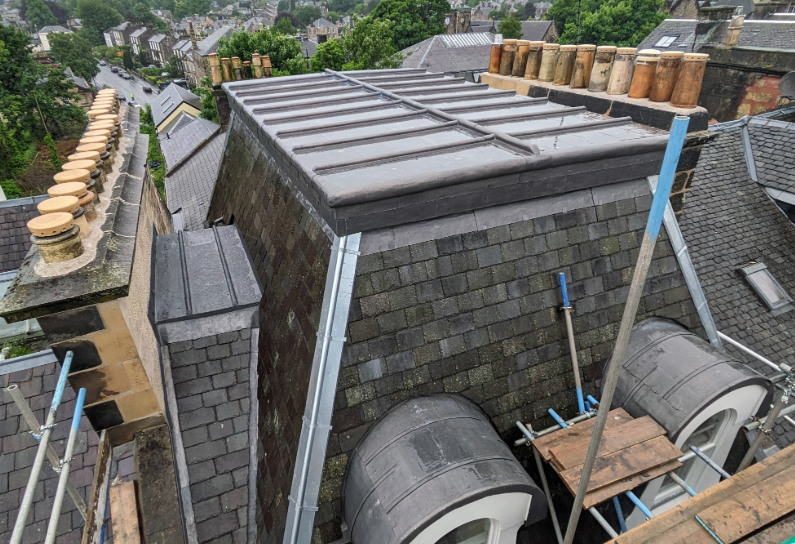
- Ghost Tales from Stirling

- Snowdon House and The West Indies

- Stirling’s Streetscape Stories: Photography Workshop
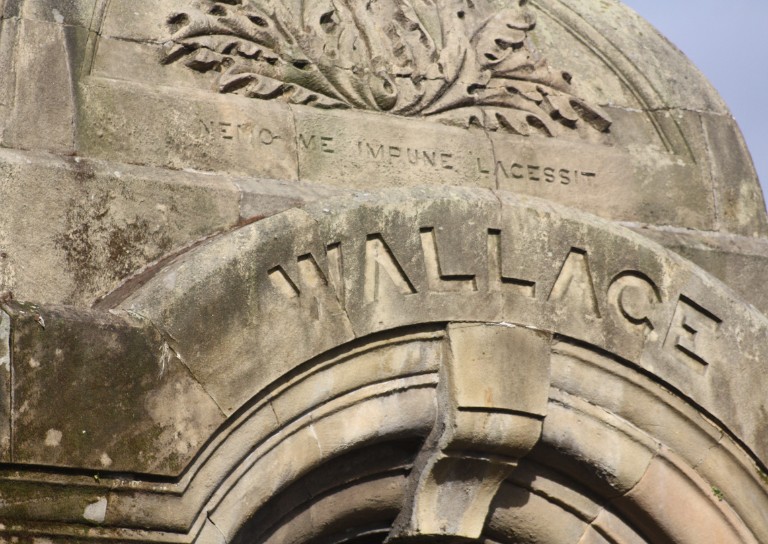
- Stirlingshire’s Highland Games
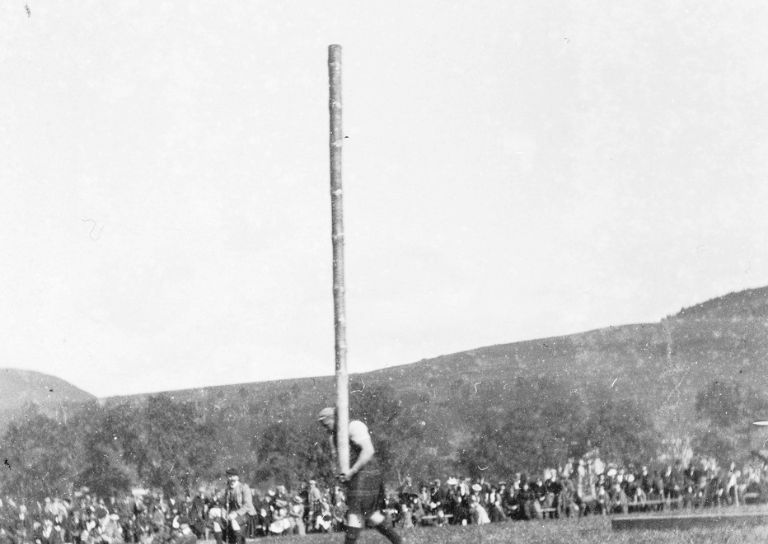
- Creative careers in the heritage sector

- Postcards From Stirling
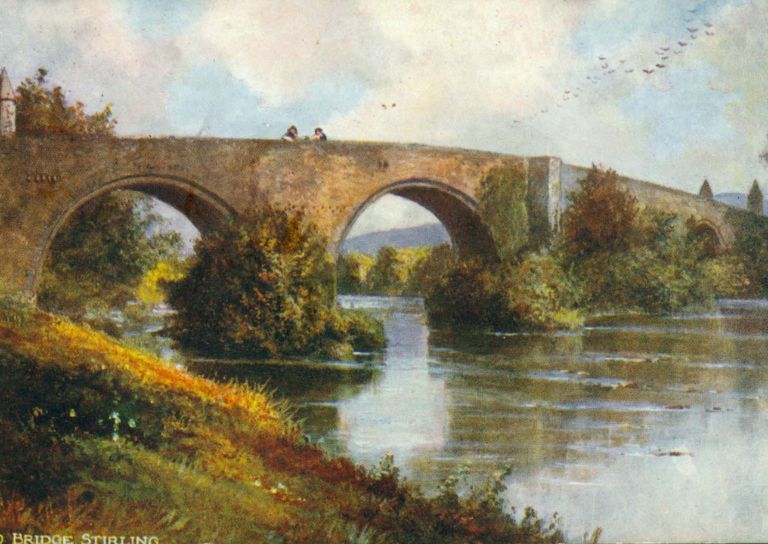
- Stirling’s Gala Days

- Building Surveying Student Intern at Stirling City Heritage Trust
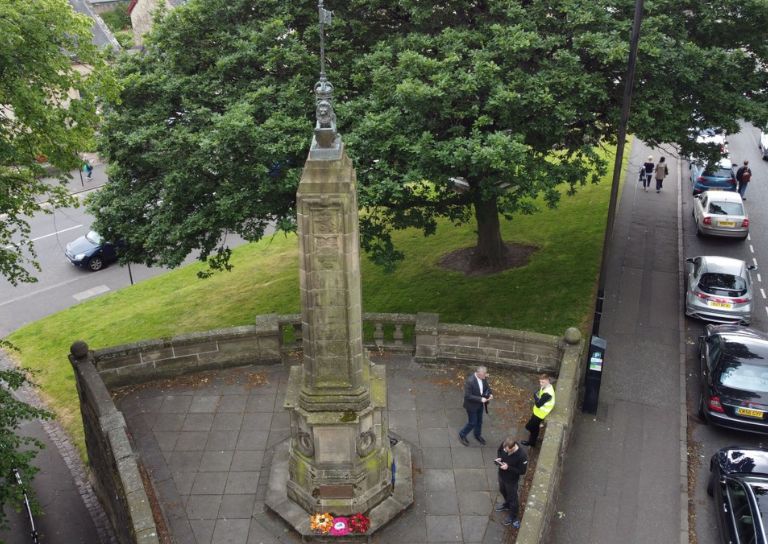
- Heritage Trail: Stirling Walks
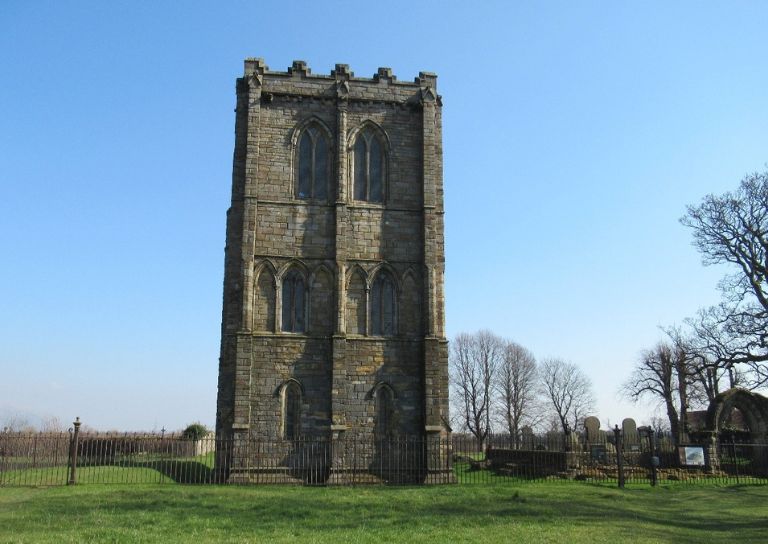
- Local History Resources

- Stirling Through the Decades
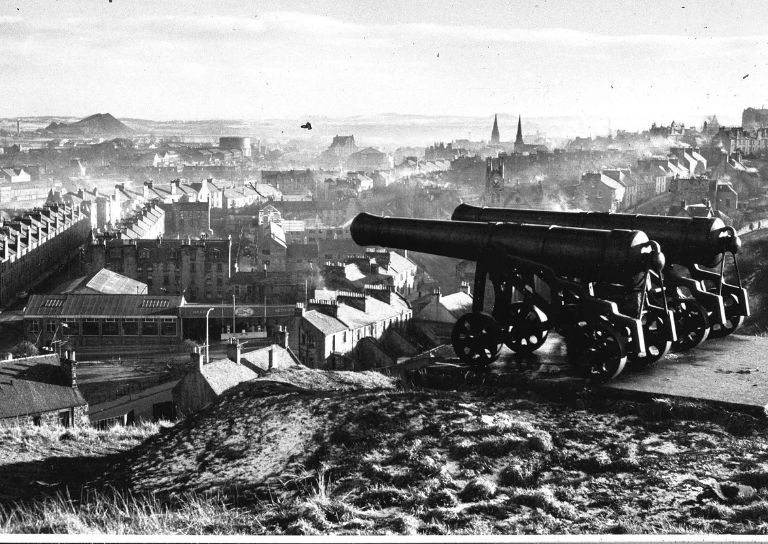
- Stirling’s STEM Pioneers

- Traditional Skills: Signwriting

- Christian MacLagan, a pioneering lady, but born too soon?

- Traditional Shopfronts in Stirling
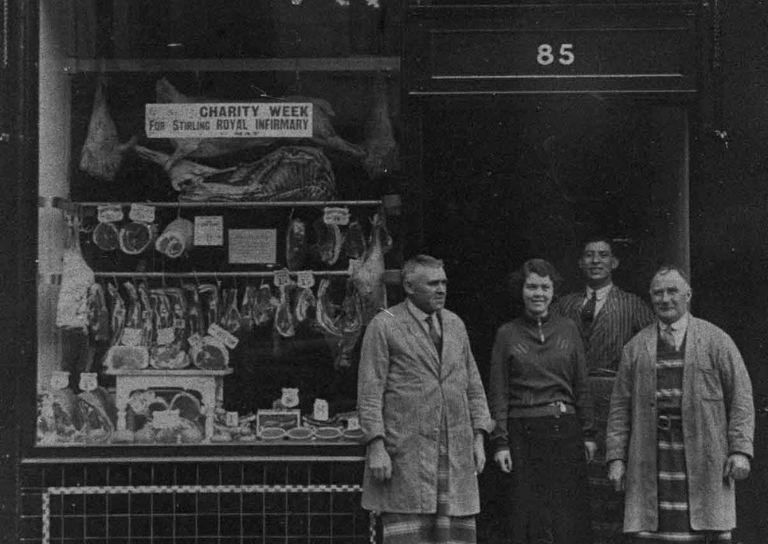
- Stirling History Books for World Book Day
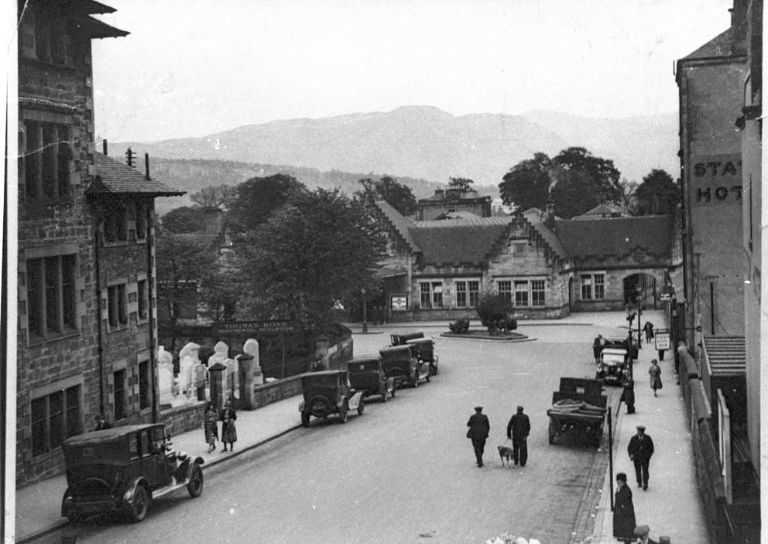
- My Favourite John Allan Building by Joe Hall

- My Favourite John Allan Building by Lindsay Lennie

- My Favourite John Allan Building by Andy McEwan

- My Favourite John Allan Building by Pam McNicol

- Celebrating John Allan: A Man of Original Ideas

- The Tale of the Stirling Wolf
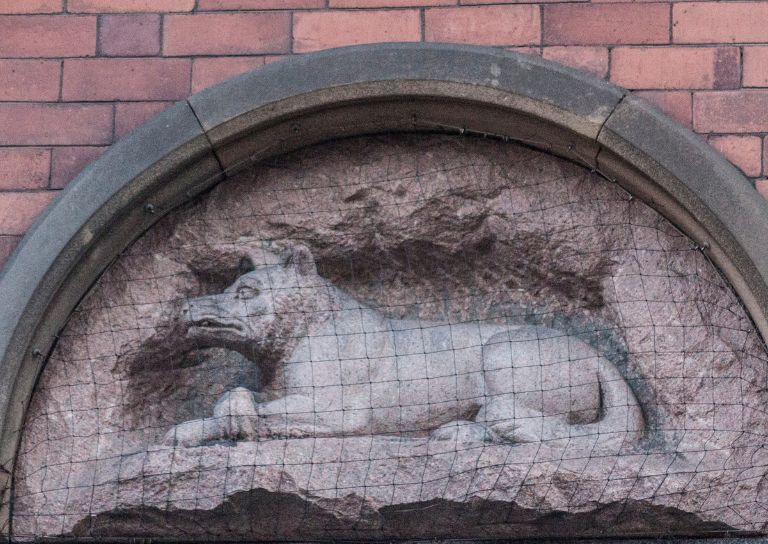
- Stirling: city of culture

- Christmases Past in Stirling

- Stirling’s Historic Graveyards

- Top 10 Tips for Architectural Photography

- An Interview with David Galletly
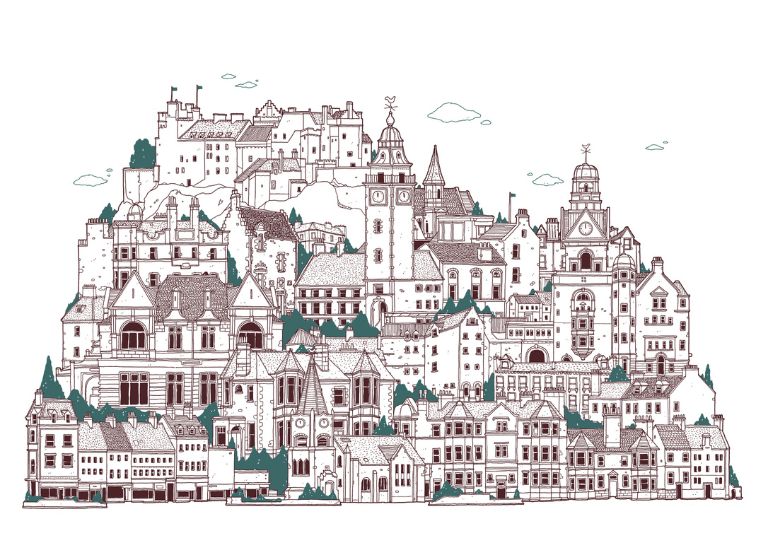
- Springtime in Stirling
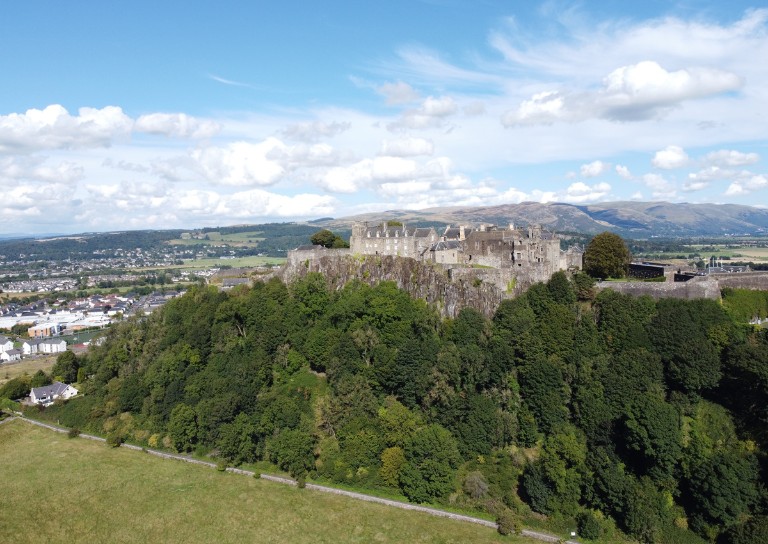
- The Kings Knot – a history

- A Future in Traditional Skills

- Robert Burns’ First Trip to Stirling

- Stirling’s Witches
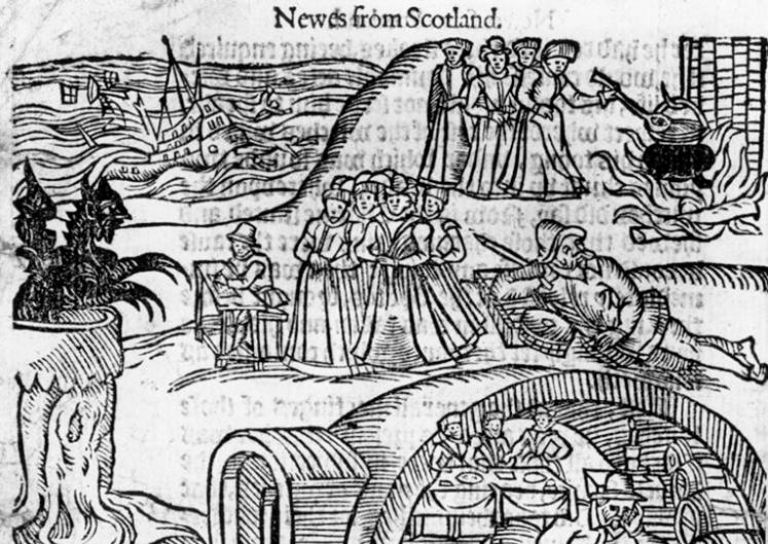
- Stirling’s Ancient Wells
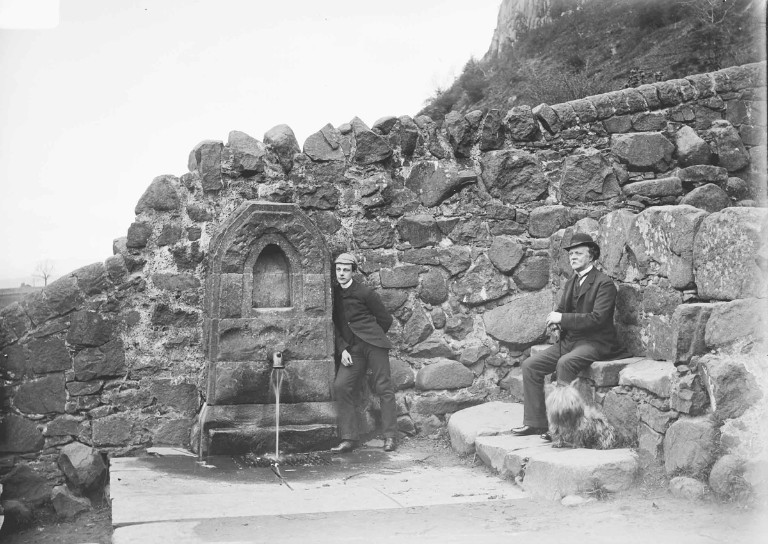
- An architecture student’s take on the City Of Stirling

- Ronald Walker: Stirling’s Architect

- Stirling’s Statues

- Stirling’s Wee Bungalow Shops
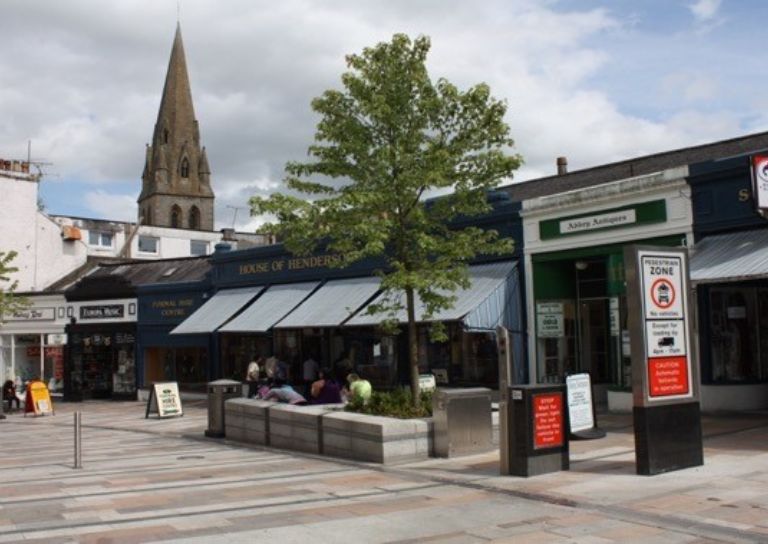
- Stirling’s Historic Hospitals
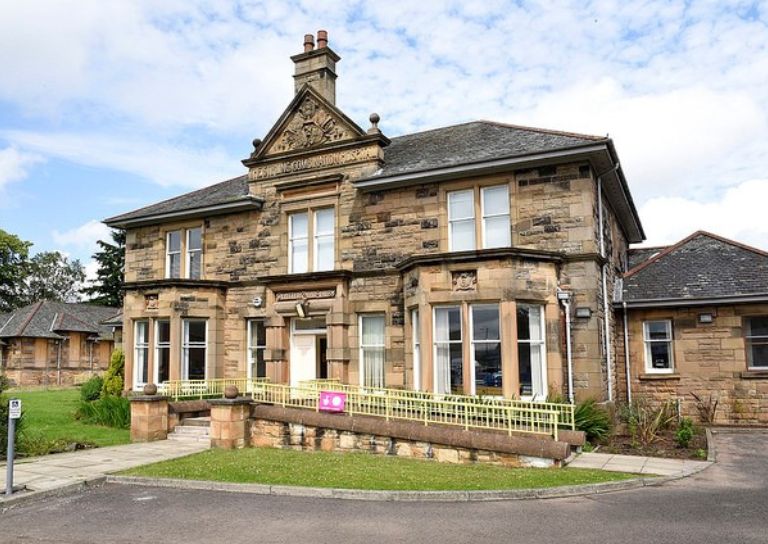
- Women in Digital Innovation and Construction
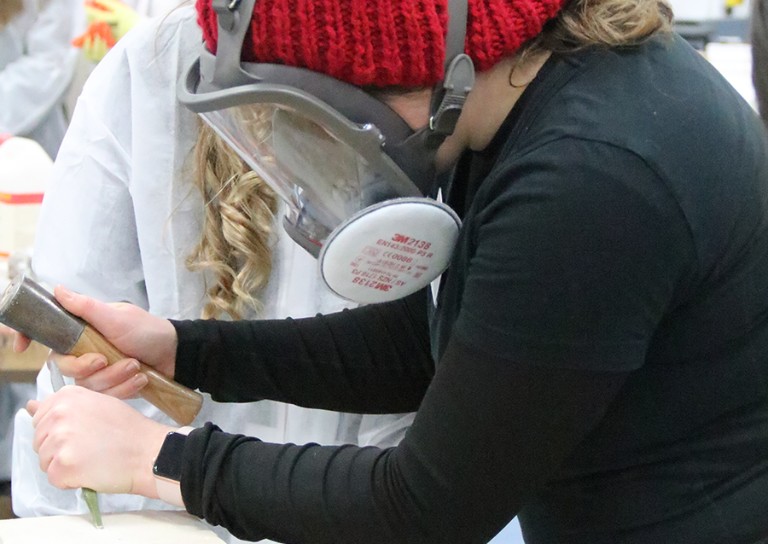
- Heritage at home: 8 of the best online heritage resources

- Stirling featured at virtual heritage conference

- Five of Stirling’s greatest John Allan buildings
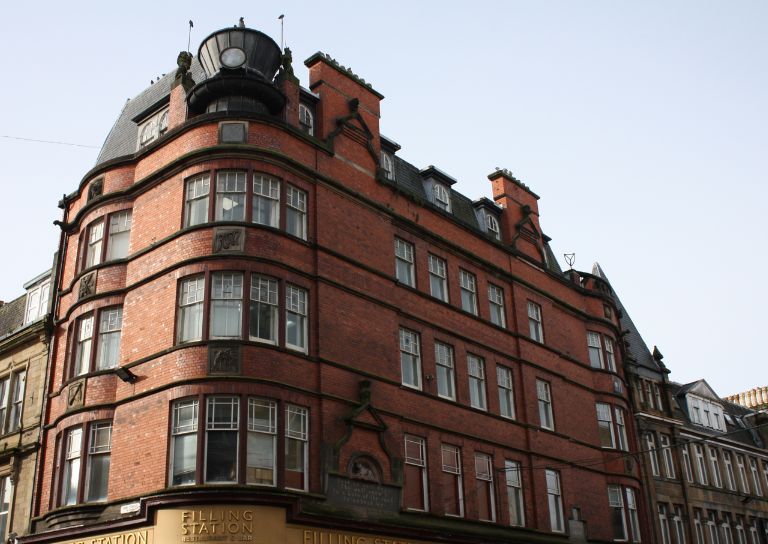
- Women in Construction – Stirling event report

- Scotland’s trailblazing women architects

- Stirling’s Heritage: Spotlight on The Granary
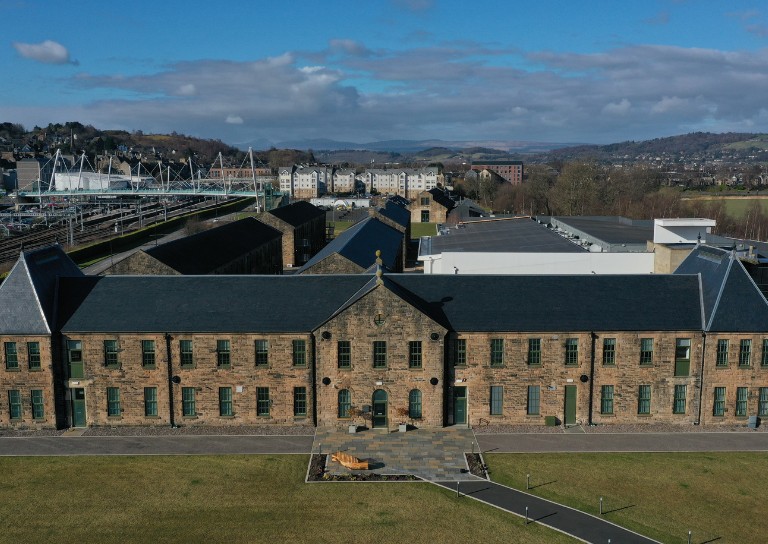
- TBHC Scheme now open to properties in Dunblane and Blairlogie

- How drones help us inspect traditional buildings

- Hazardous Masonry & Masonry Falls
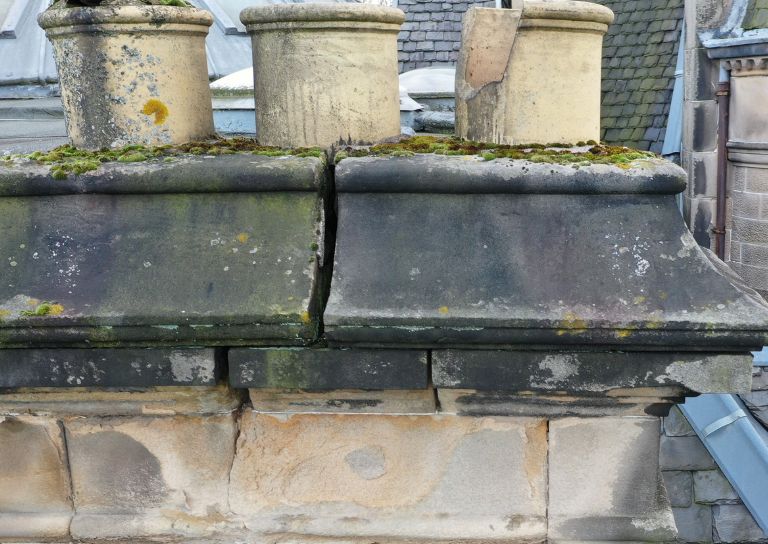
- Mason Bees: What’s the Buzz?

- Stirling Traditional Skills Demonstration Day Success!

- Floating Head Sculpture at Garden Glasgow Festival 1988
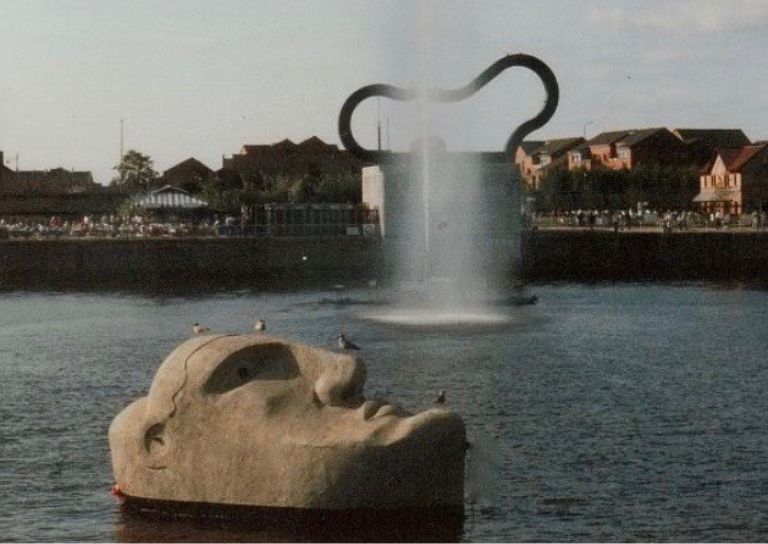
- The story behind Paisley Abbey’s Alien gargoyle
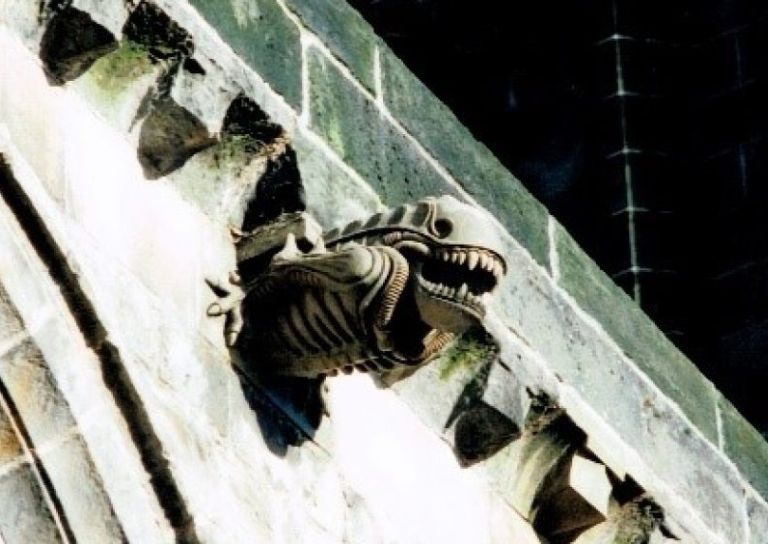
- Cambuskenneth Abbey

- Stirling City Heritage Trust Publications

- Sharing Memories: Taking '20 Great Buildings of Stirling' into the community

- William Wallace Statues In Stirling

- Coronations and Royal Christenings in Stirling
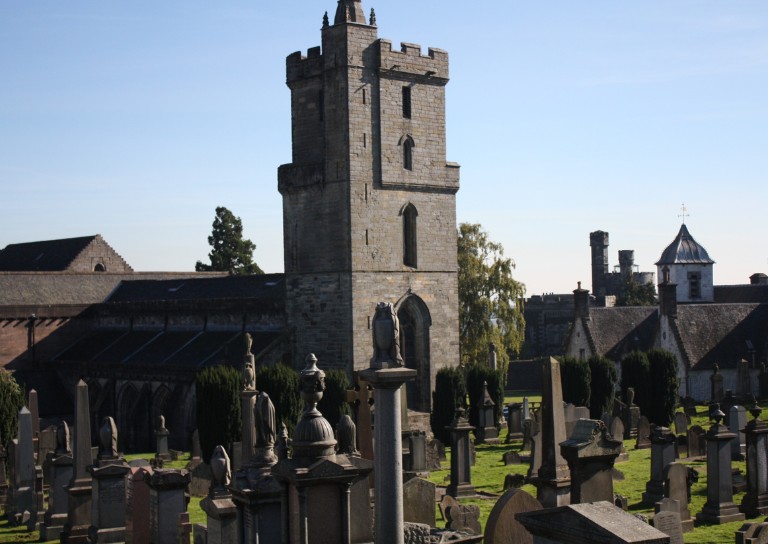
- The development of King's Park

- Energy efficiency project awarded grant from Shared Prosperity Fund
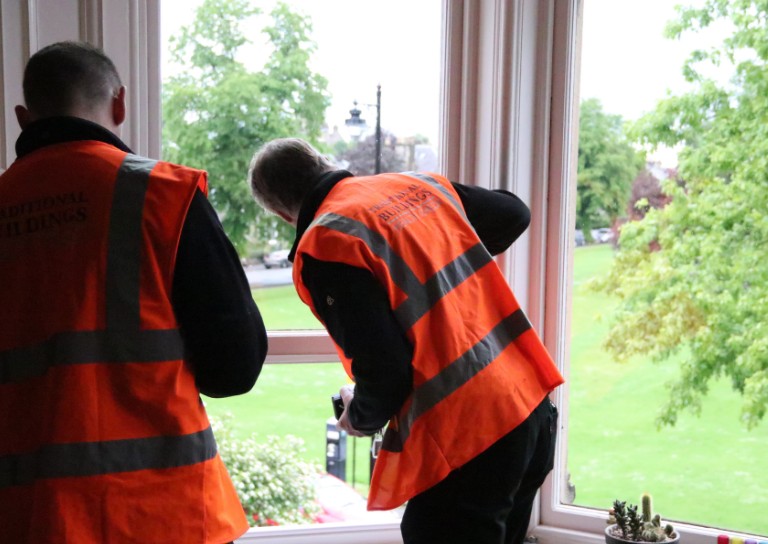
- Inspiring the Future: Stirling City Heritage Trust's Women in Construction Event at Wallace High
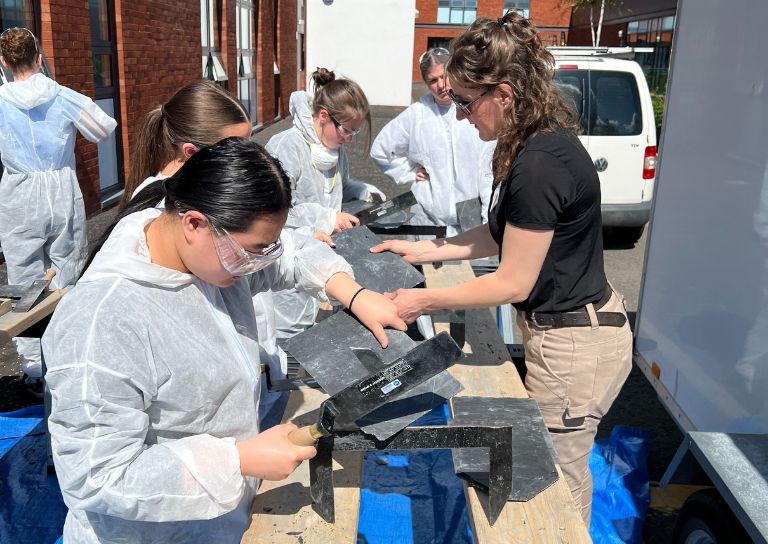
- Doors Open Days Talk: Who Built Stirling?
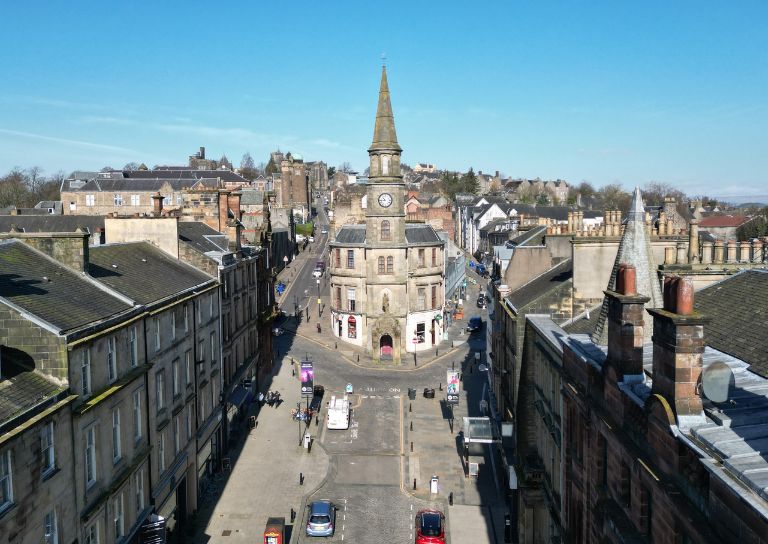
- 10 Years of the Traditional Buildings Health Check

- Growing up in Stirling: A Night of Reminiscence at The Smith

- SCHT visit to Brucefield Estate, Forestmill, Clackmannanshire
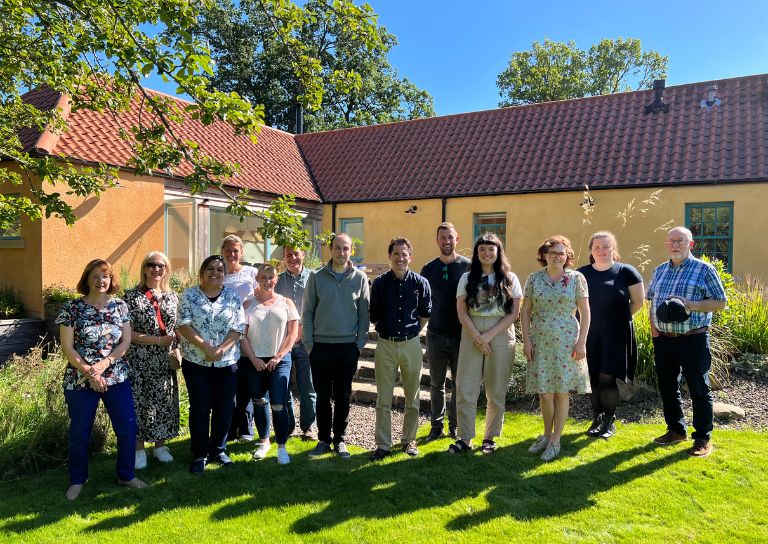
- Statement on Christie Clock

- Stirling’s Lost Skating Heritage
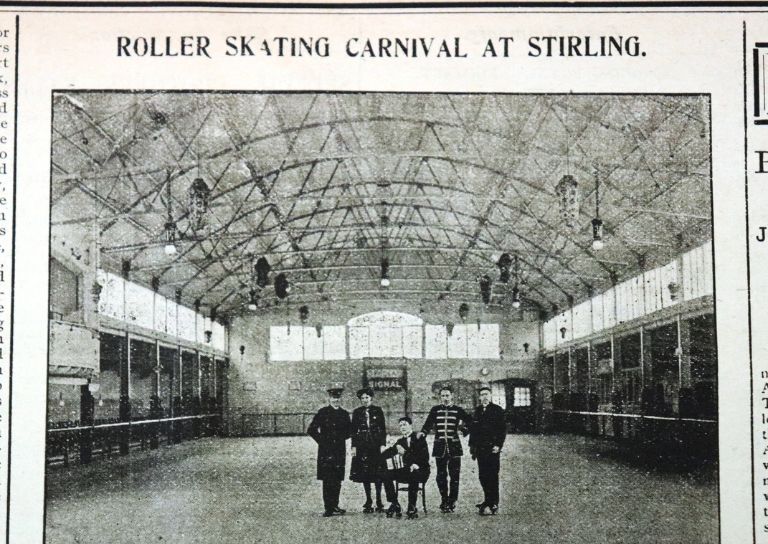
- Laurelhill House and the West Indies

- Beechwood House and the Transatlantic Slave Trade
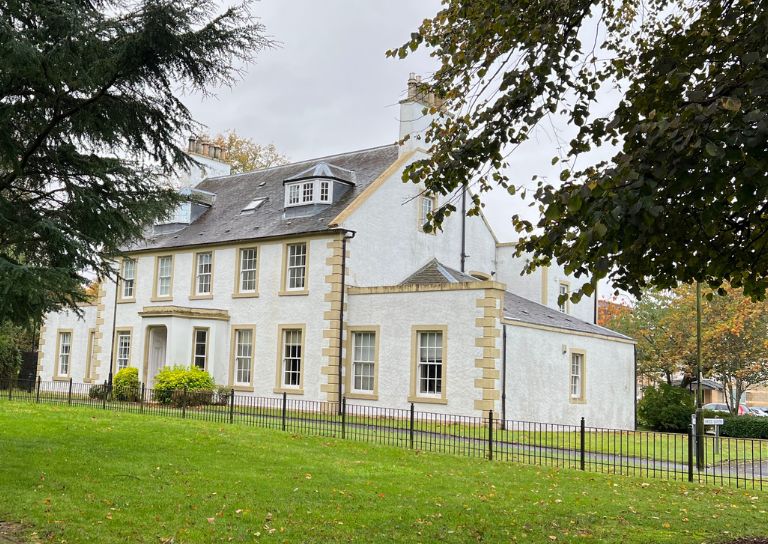
- Retrofitting Traditional Buildings
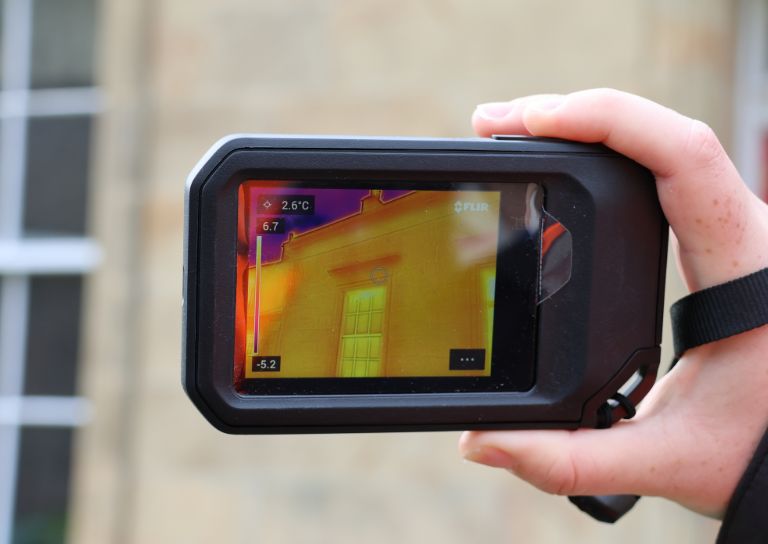
- Building Resilience: Maintaining Traditional Buildings
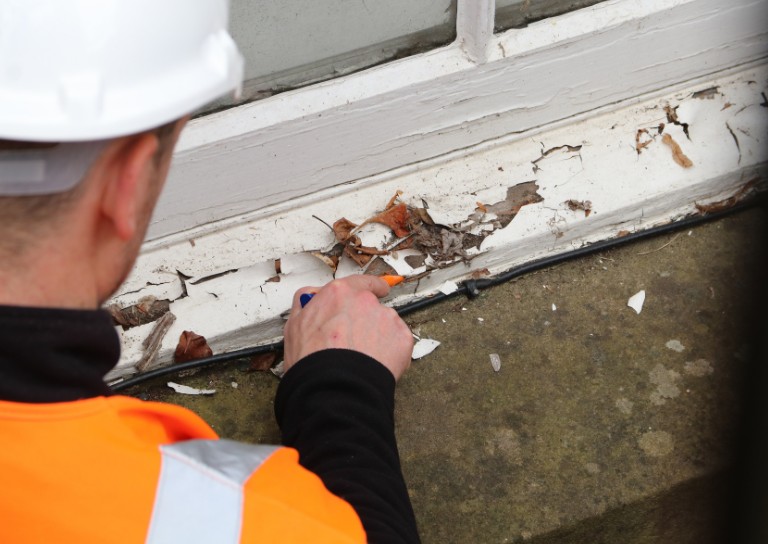
- Shopping Arcades

- Retrofitting Traditional Buildings: Fabric First
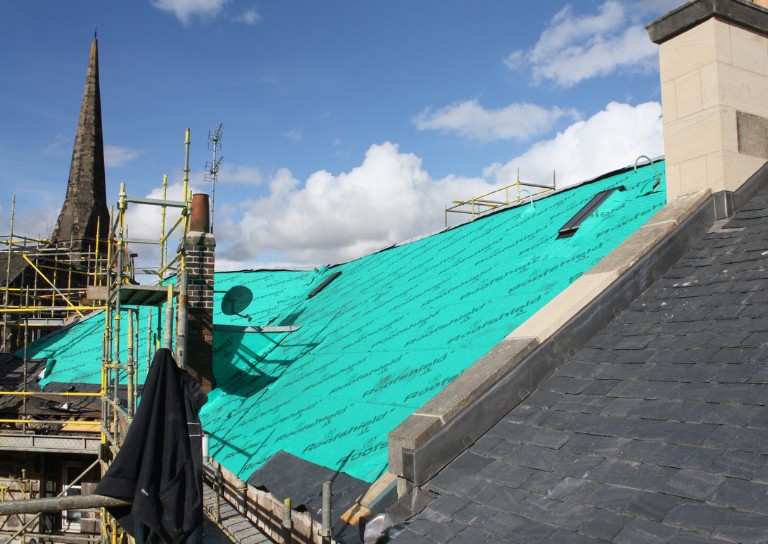
- Stirling Reminiscence Box

- Level 3 Award in Energy Efficiency for Older and Traditional Buildings Retrofit Course (2 Day)

- New Retrofit Service now available for Traditional Buildings Health Check Members

- Retrofitting Traditional Buildings: Windows
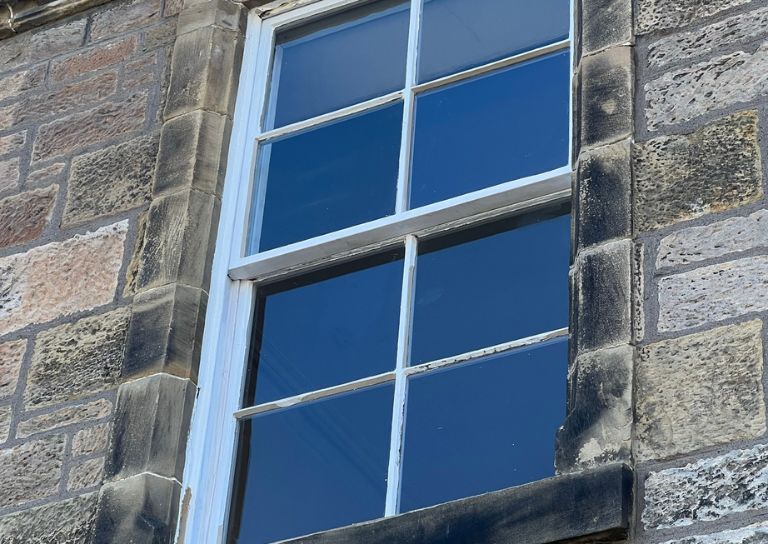
- Architects and The Thistle Property Trust

- Retrofitting Traditional Buildings: Insulation

- Stirling City Heritage Trust at 20

- Miss Curror and the Thistle Property Trust

- Retrofitting Traditional Buildings: Chimneys
- About Us

- Support Us
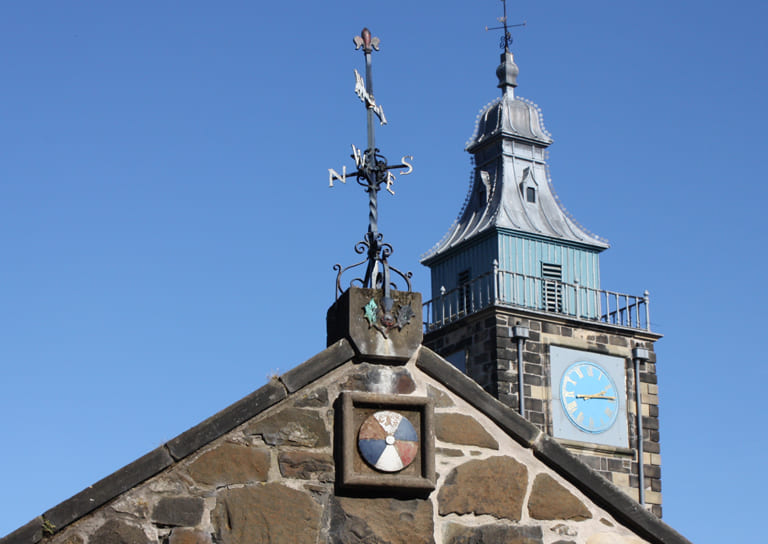
- Contact
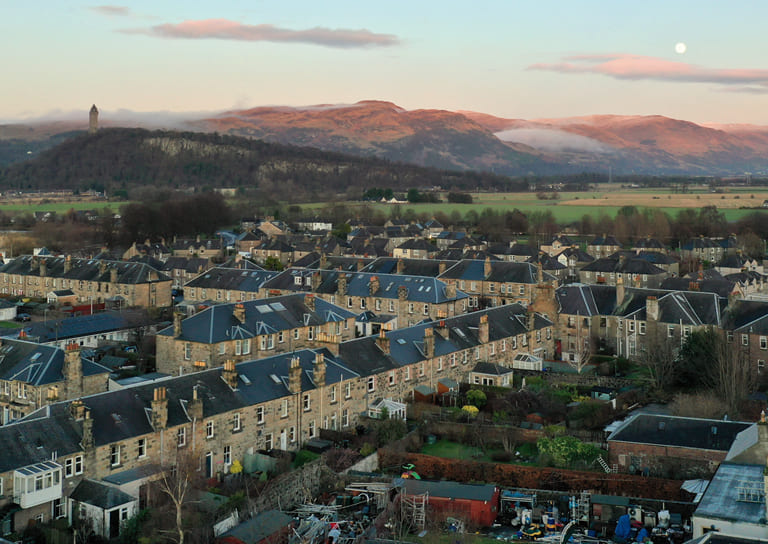
One of Scotland’s most important castles. Successive monarchs have adapted the castle to suit their changing needs, culminating in the Palace built by James IV in the 1500s.
Castle Rock, a volcanic outcrop rising above the River Forth, has been fortified since at least the 12th century. Stirling Castle was first and foremost a defensive structure, it has been under siege at least eight times in its history, and the battles of Stirling Bridge and Bannockburn were fought nearby.
Almost all of the existing buildings visitors can admire today were built between 1490 and 1600 by James IV, James V and James VI. These Stuart monarchs transformed the castle into a Renaissance palace worthy of a cultured and wealthy court.
In 1603, when King James was crowned I of England and VI of Scotland, the court moved permanently to London and Stirling lost its status as a royal centre. The Castle and Royal Park began to fall into disrepair, until Charles I made a short visit in 1633, and refurbishments were ordered to tidy the place up before he arrived. Charles' stay at Stirling Castle was brief and his son, Charles II, became the last reigning monarch to stay in the castle in 1650.
After being used to house covenanter prisoners, a garrison was installed in the castle in 1685. During the Jacobite rising of 1745-6 Charles Edward Stewart, Bonnie Prince Charlie, had to pass Stirling Castle on his way down to Edinburgh from the Highlands. When he returned back through the town after being defeated in 1746 he captured it, but the government garrison in the castle put up a fight, and their guns destroyed much of the Jacobite occupied Mar’s Wark in the process.
In 1800, the castle became a barracks run by the War Office, and was home to the Argyll & Sutherland Highlanders until 1964. In the 20th century, the castle underwent a multimillion-pound 10-year restoration and re-creation project which was completed in 2011. It is now one of the most popular visitor attractions in Scotland.


